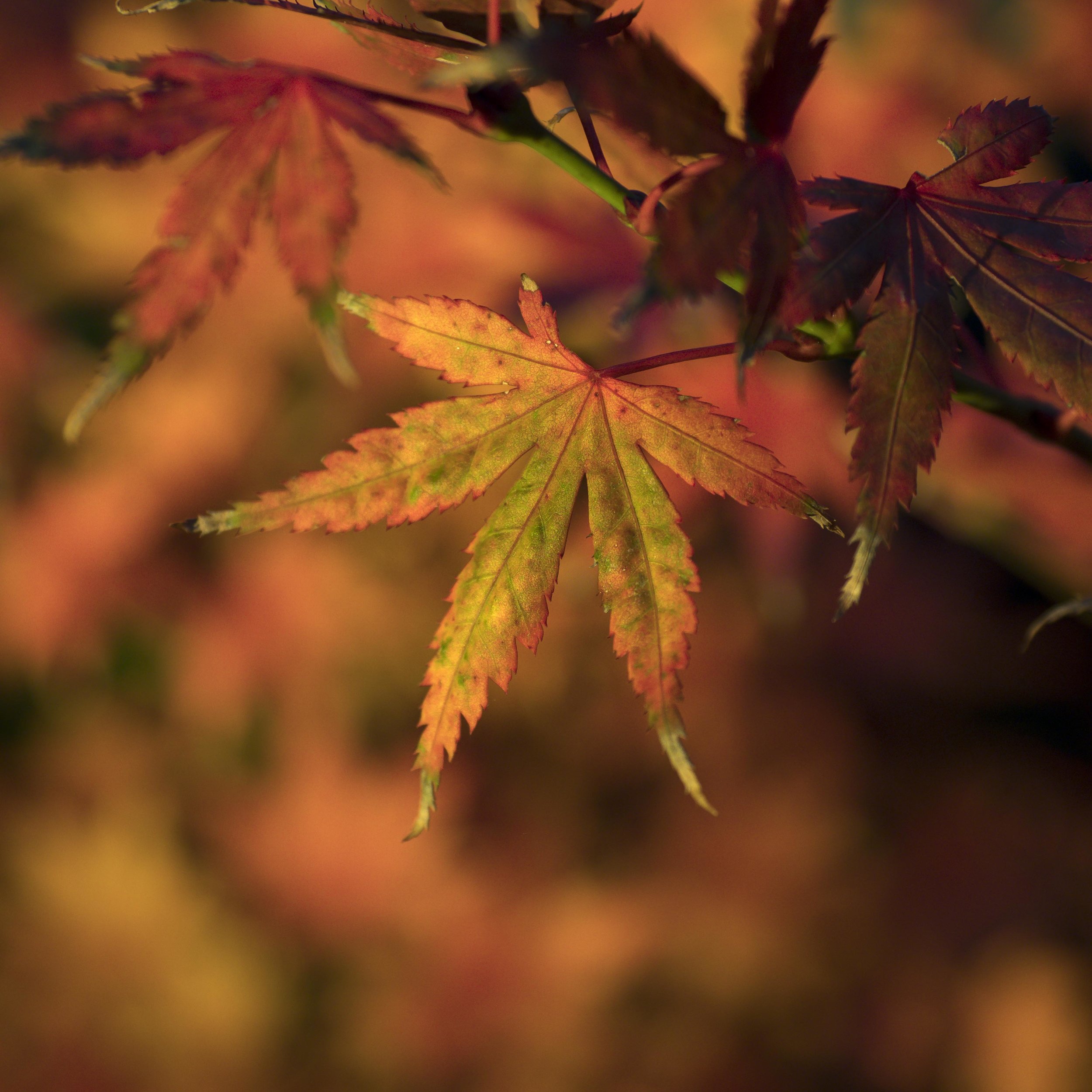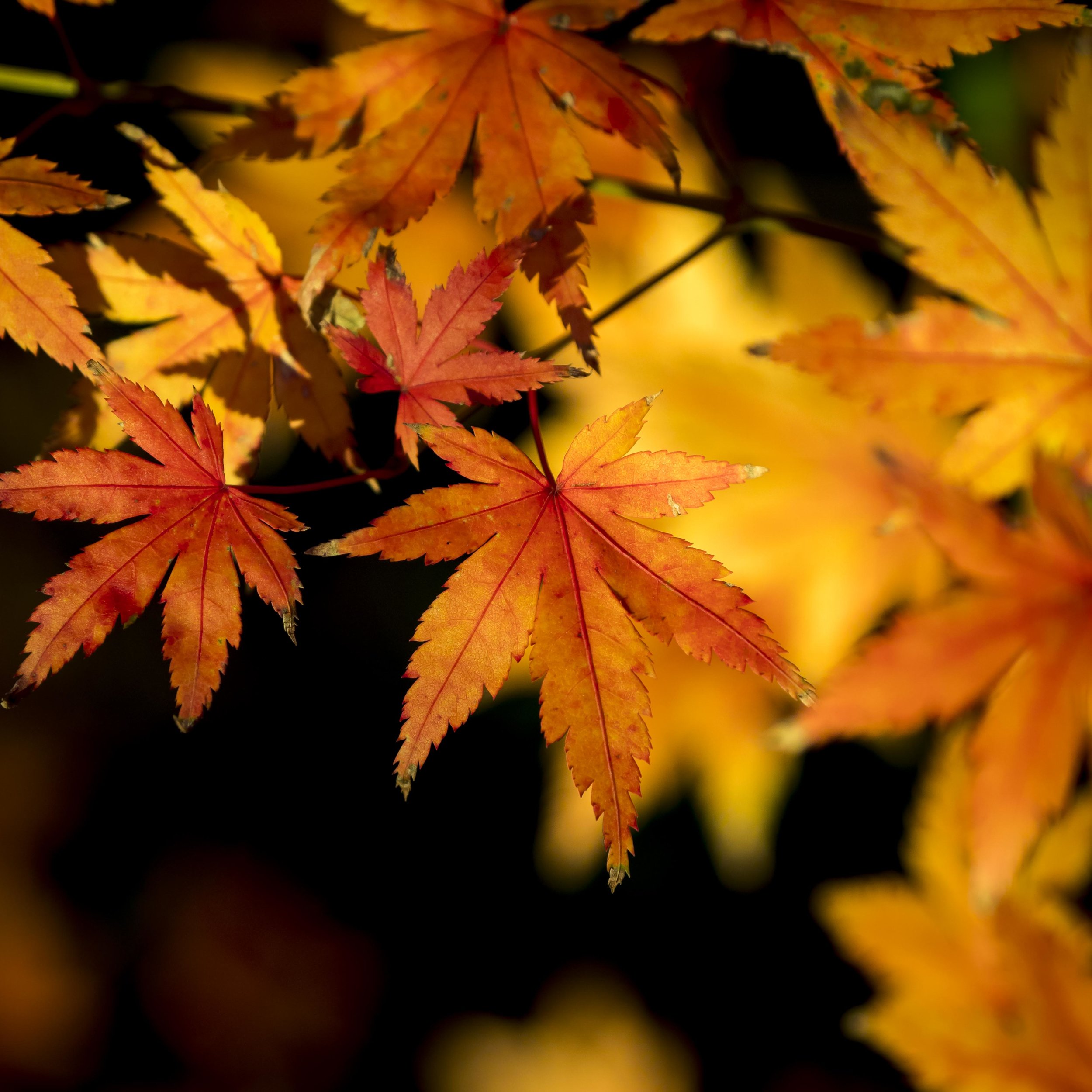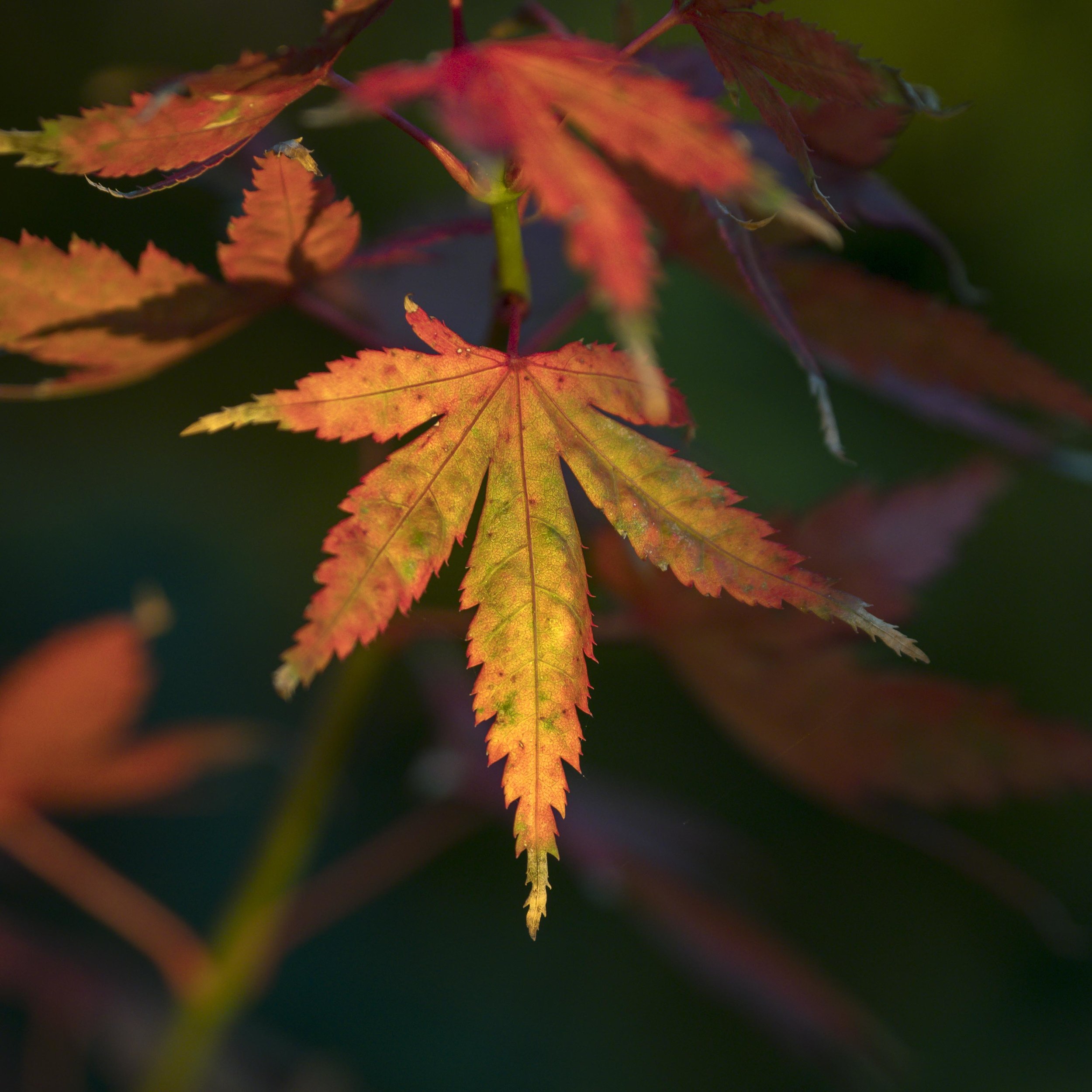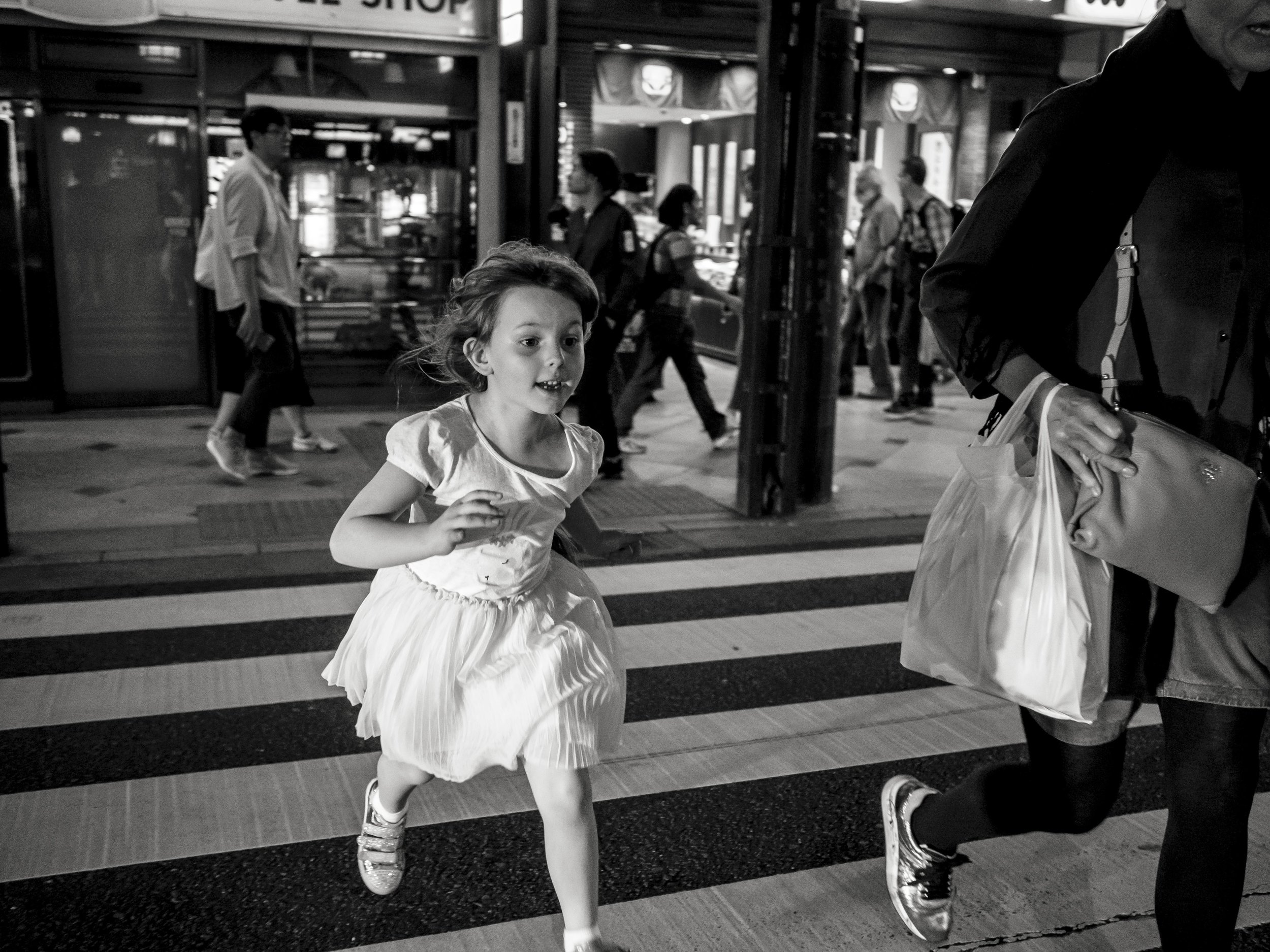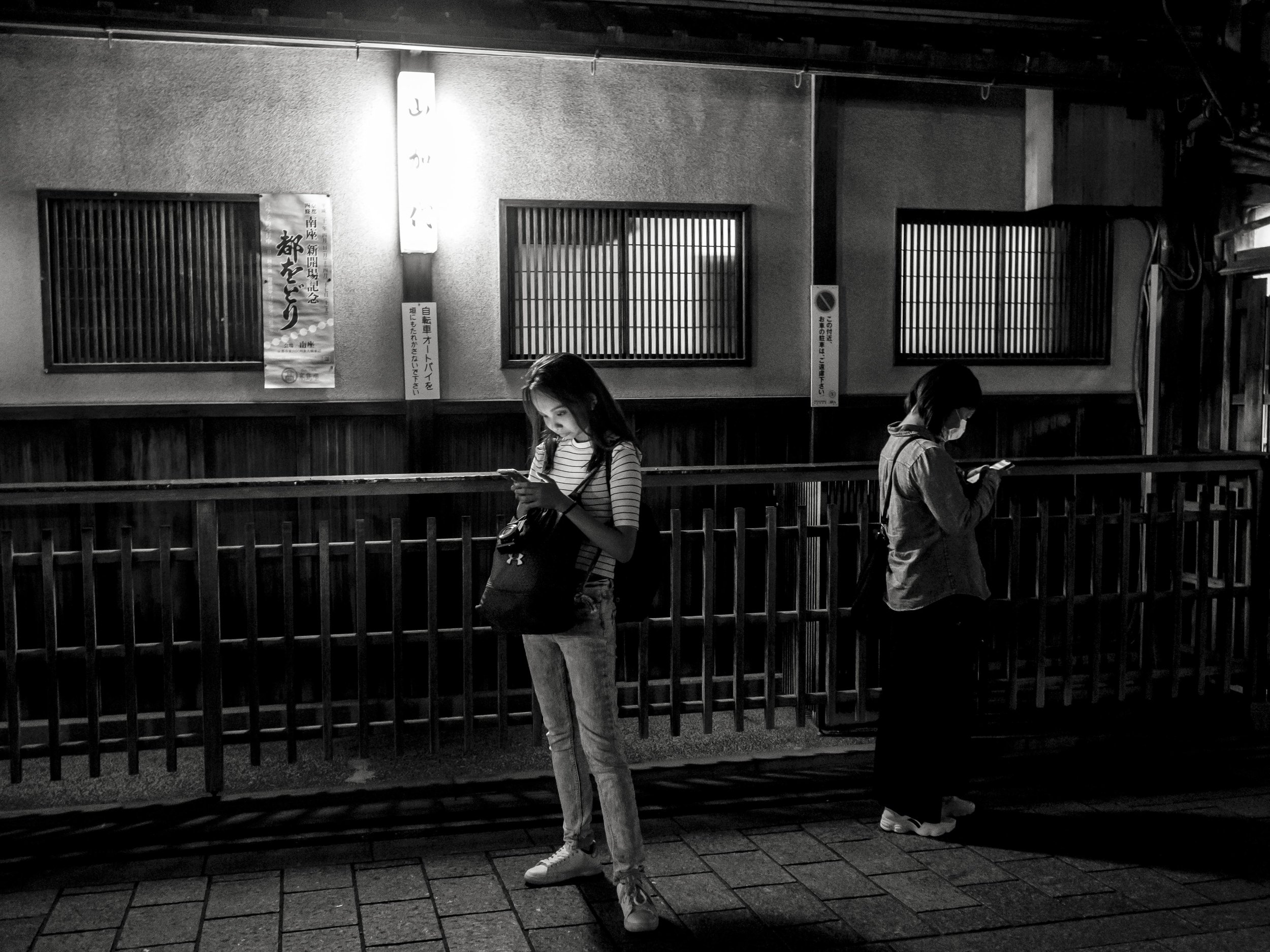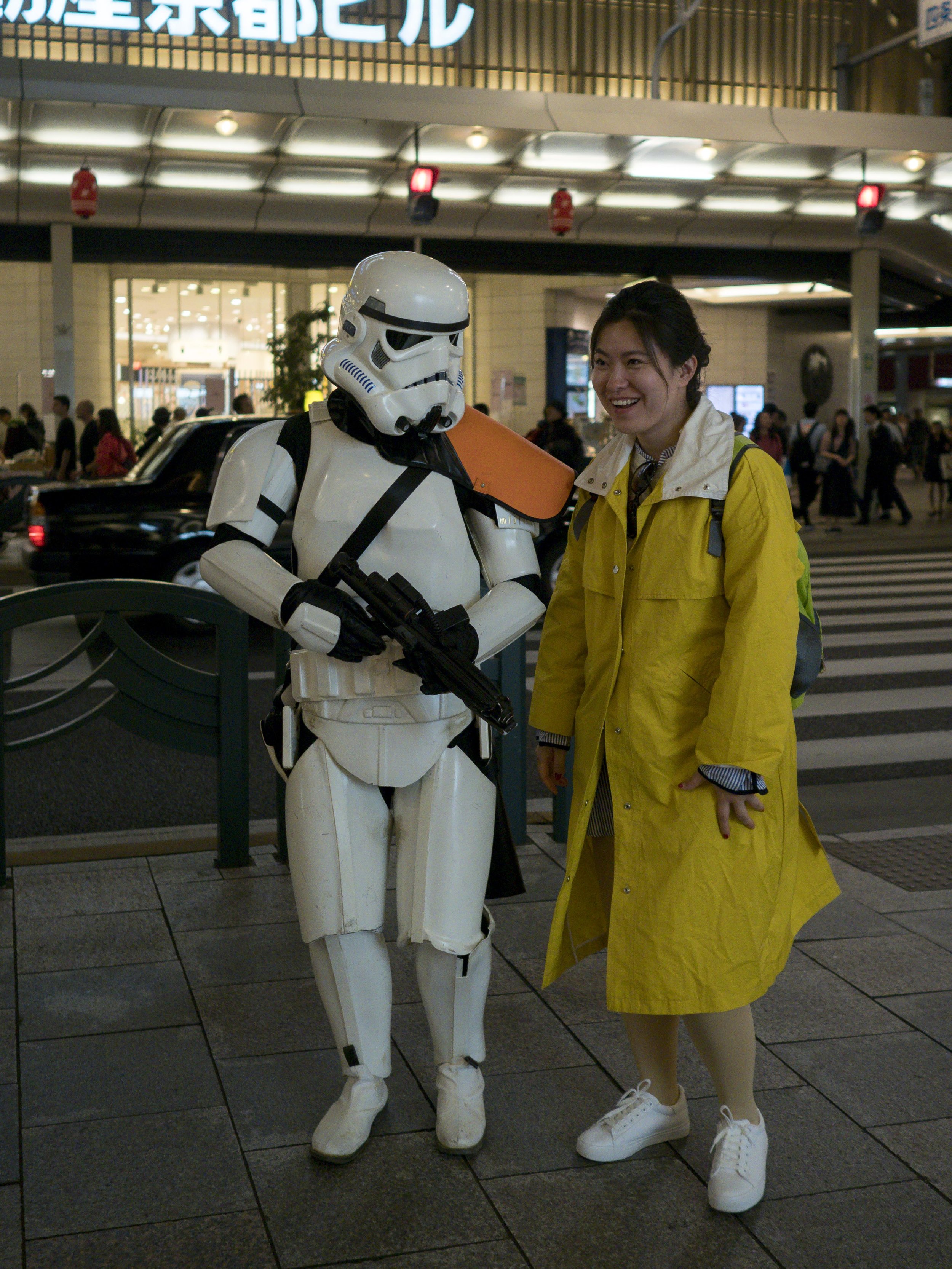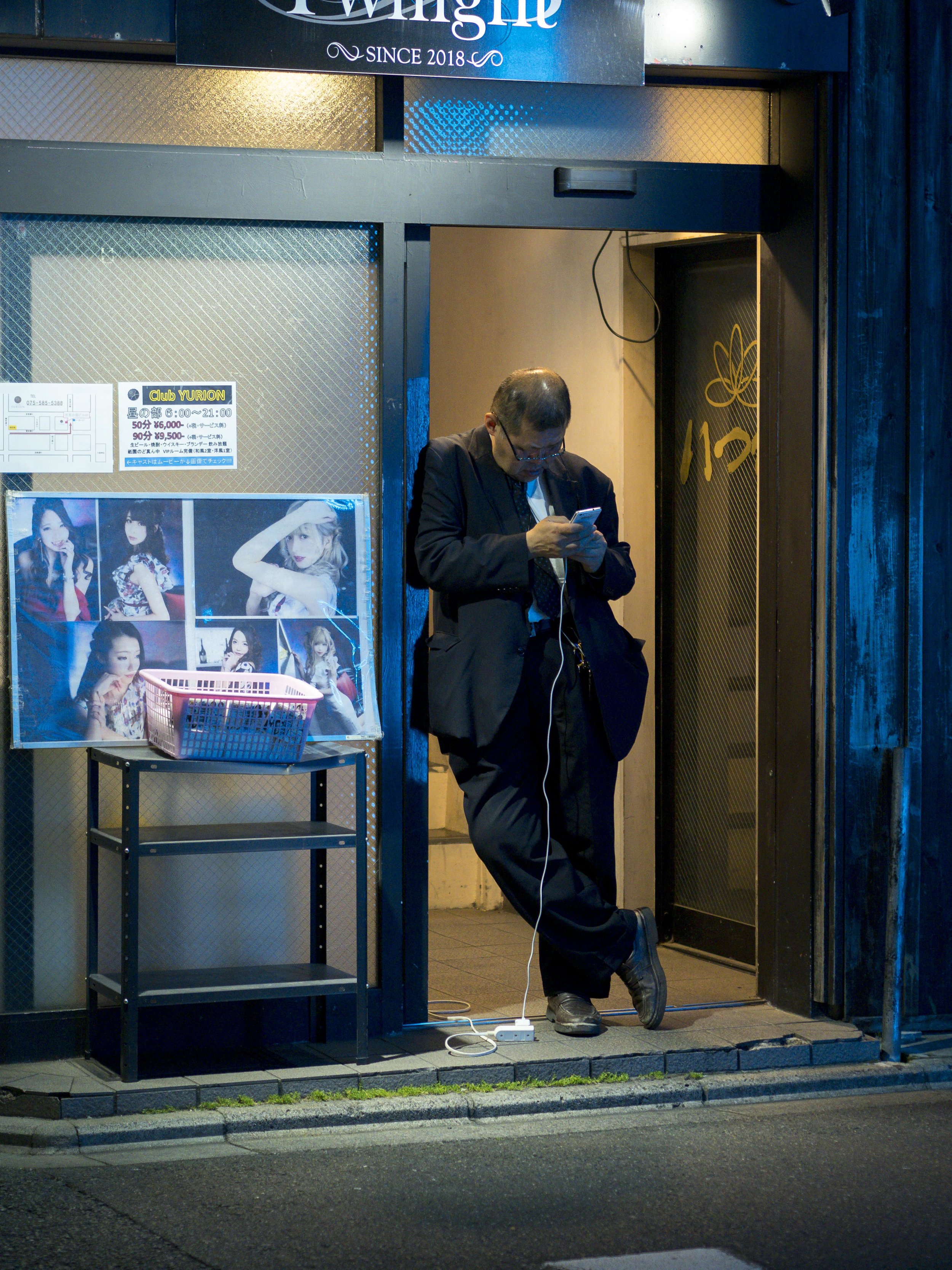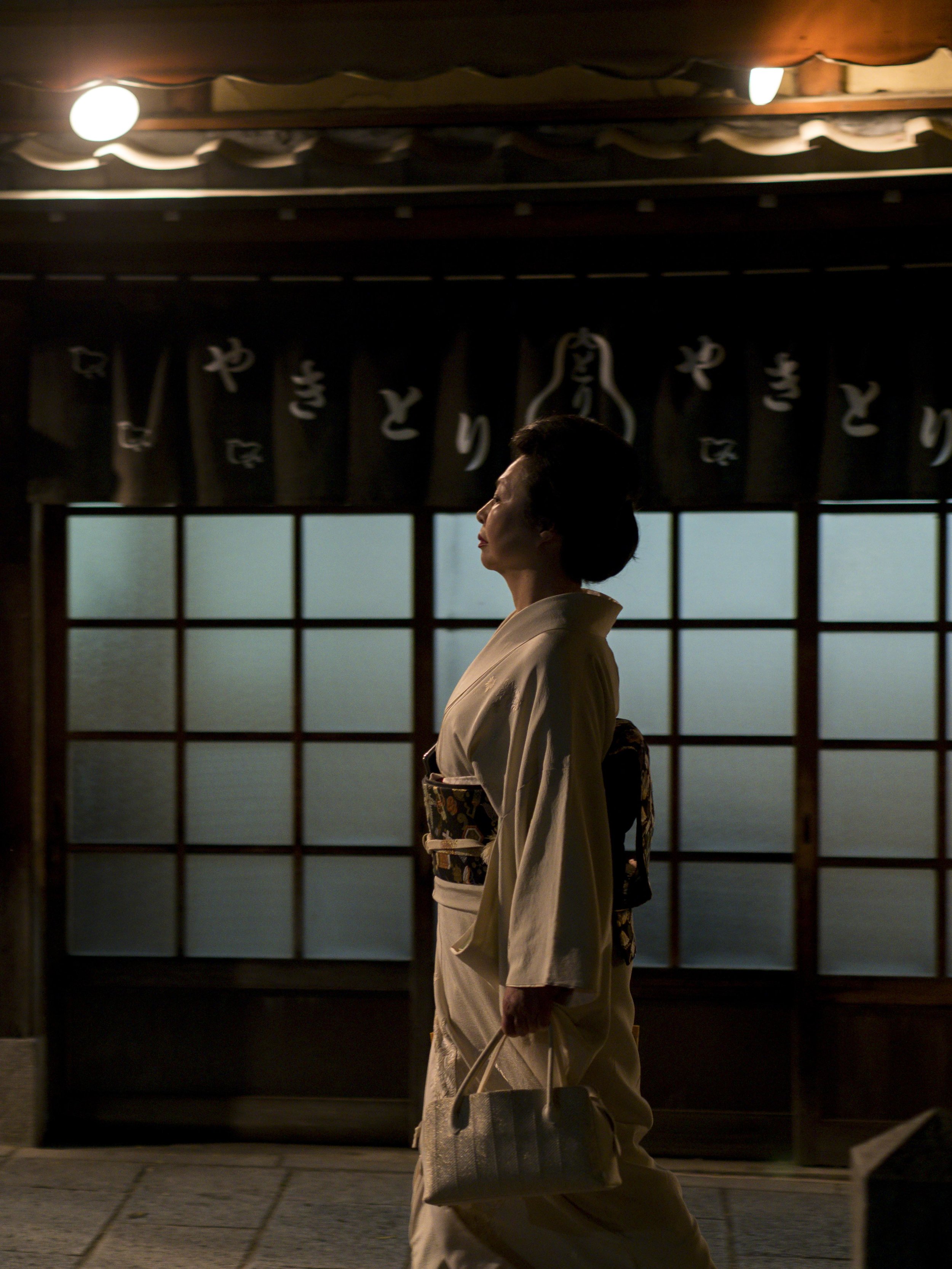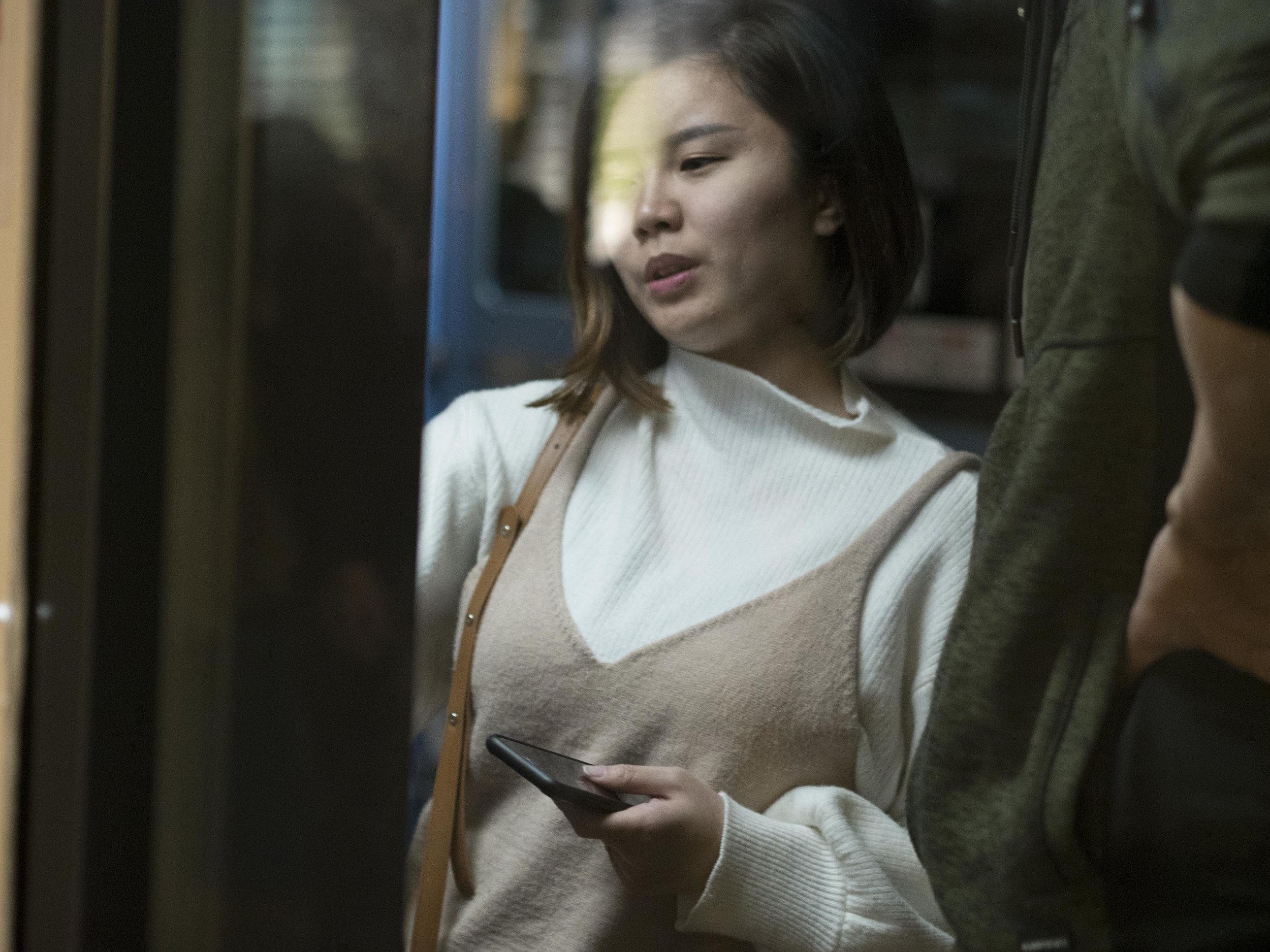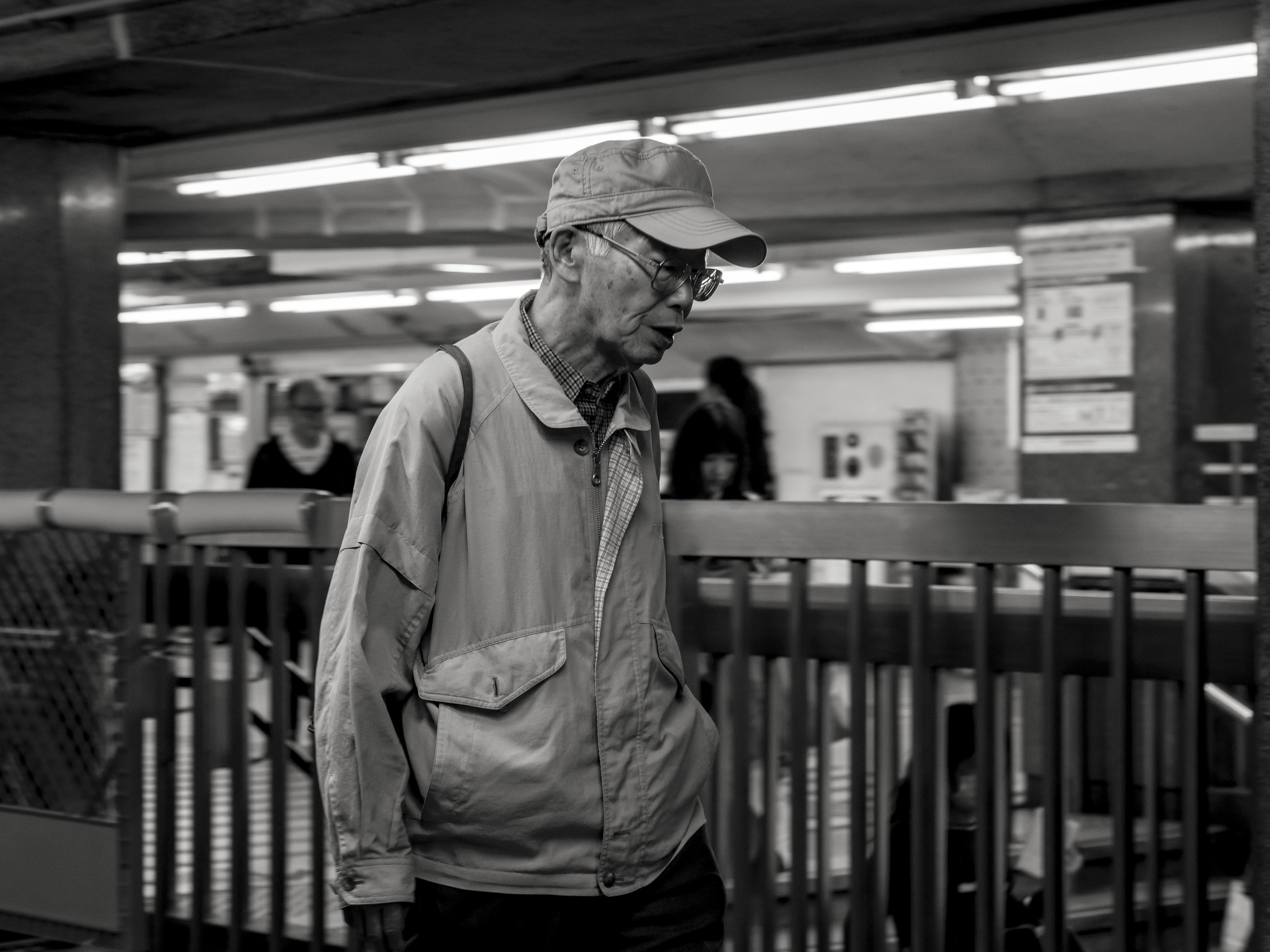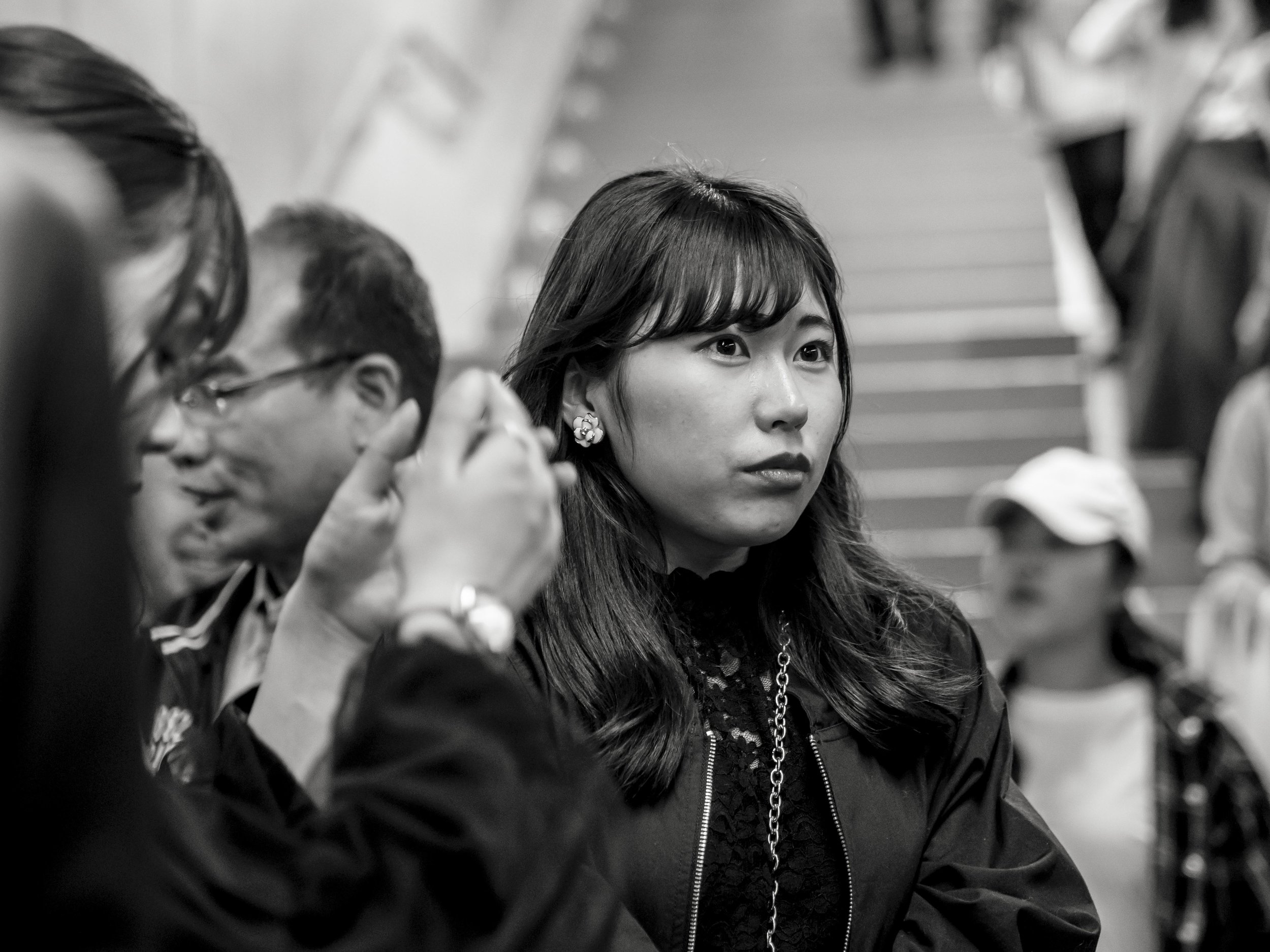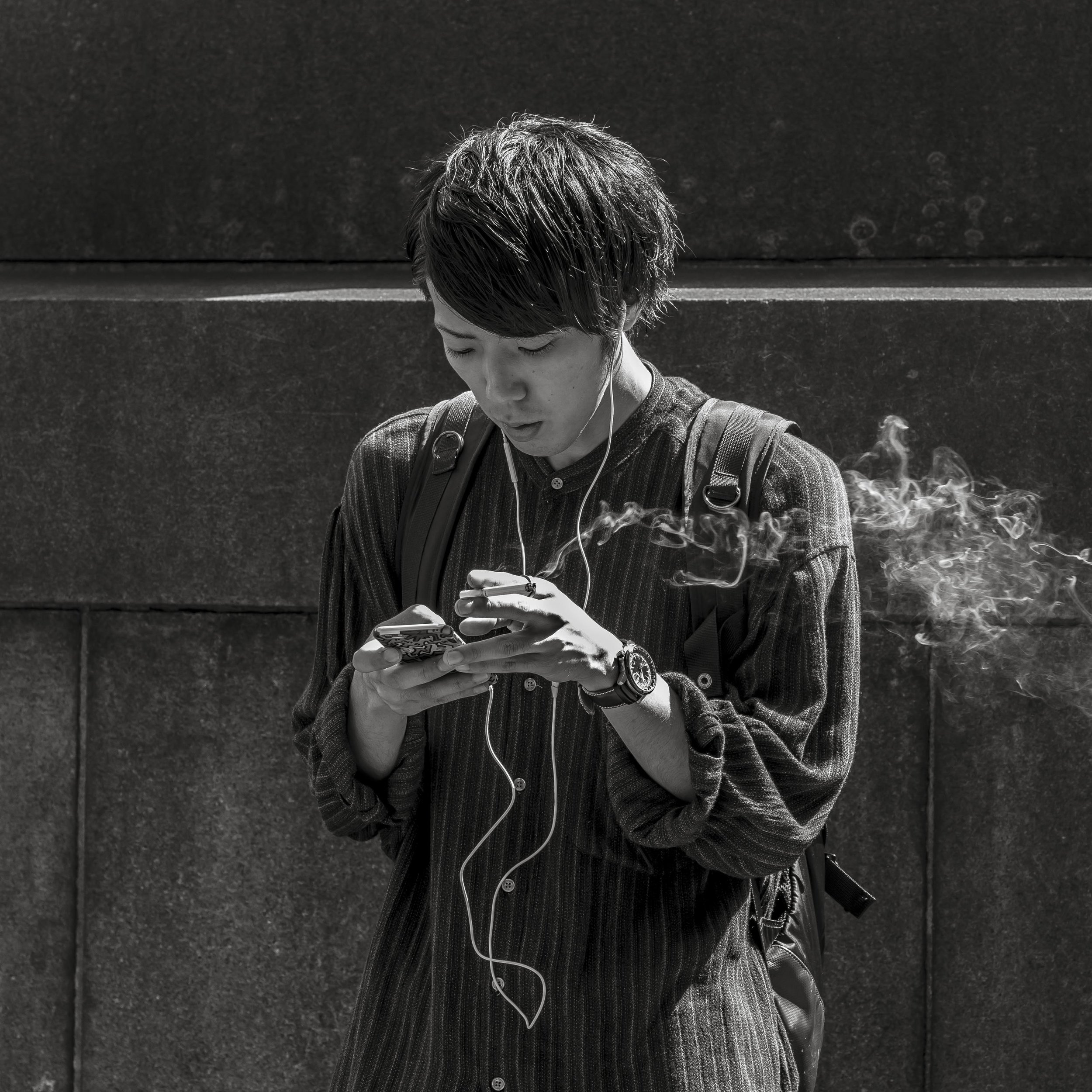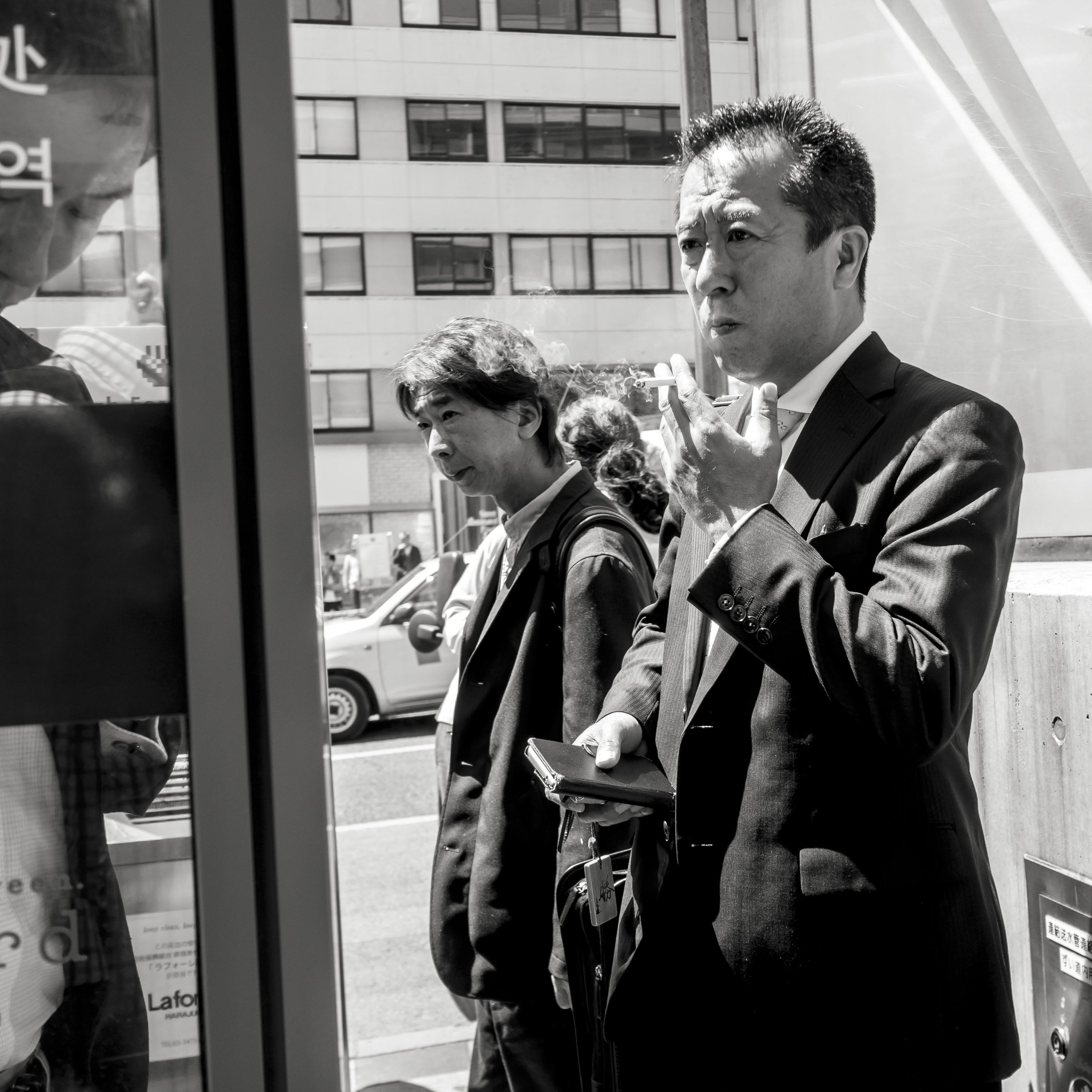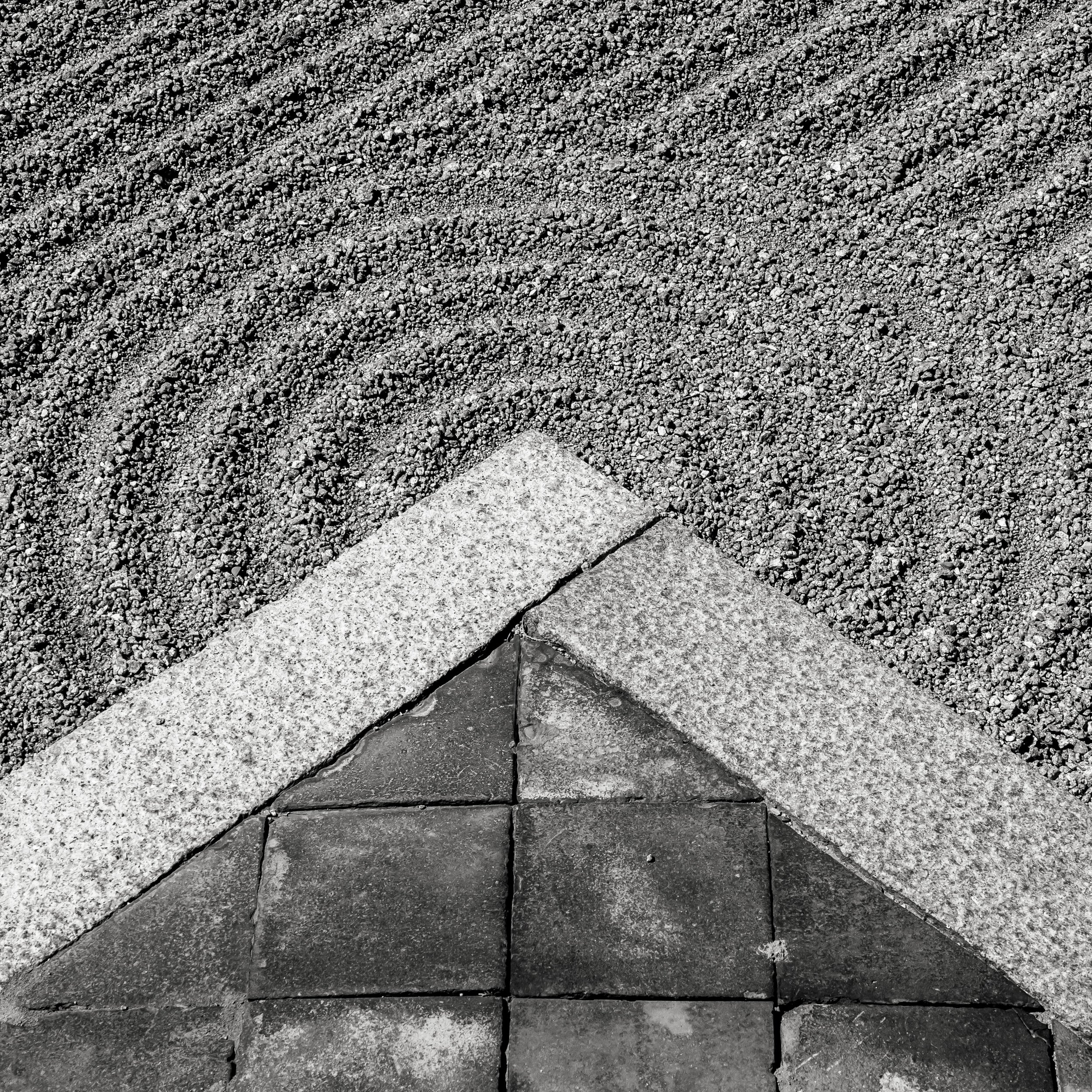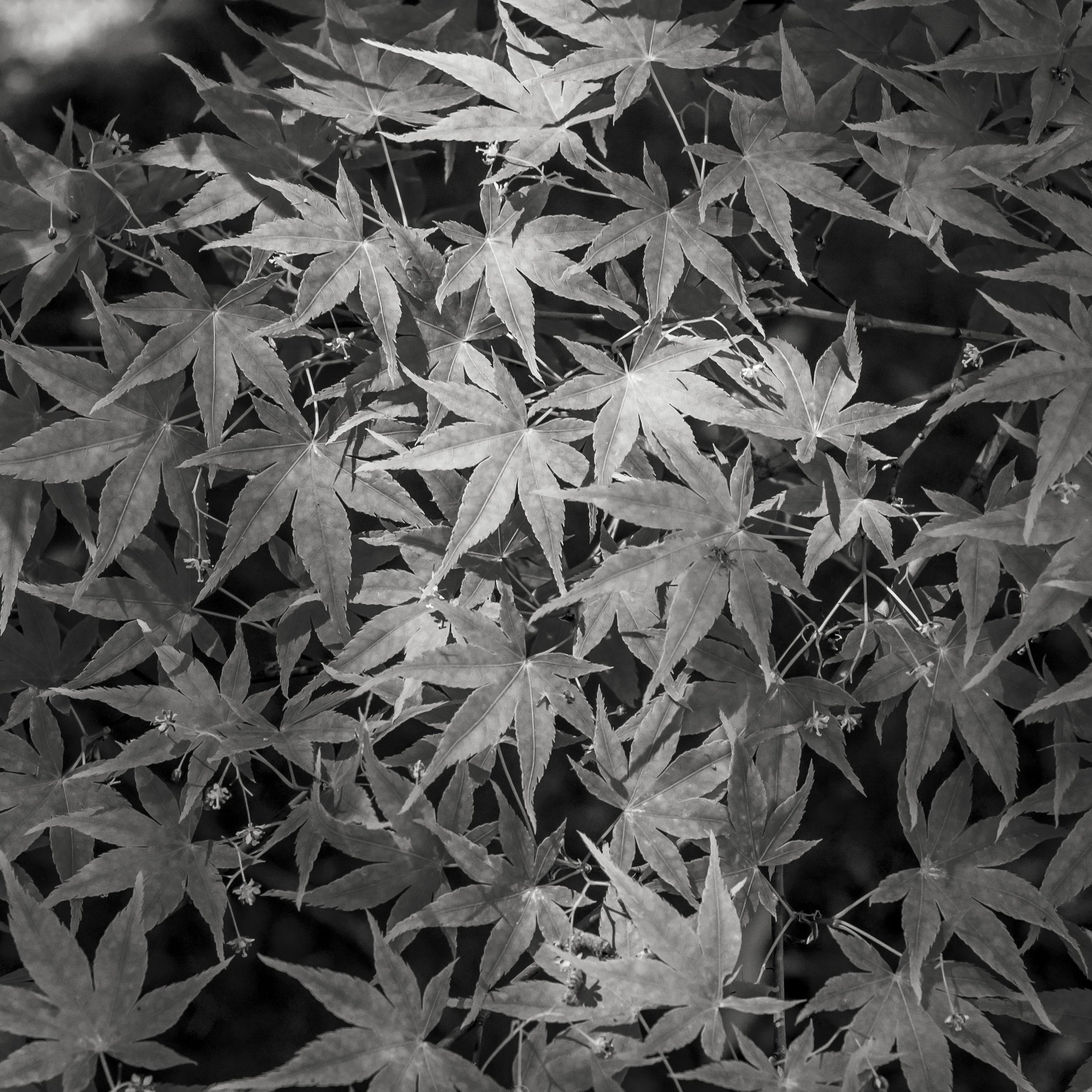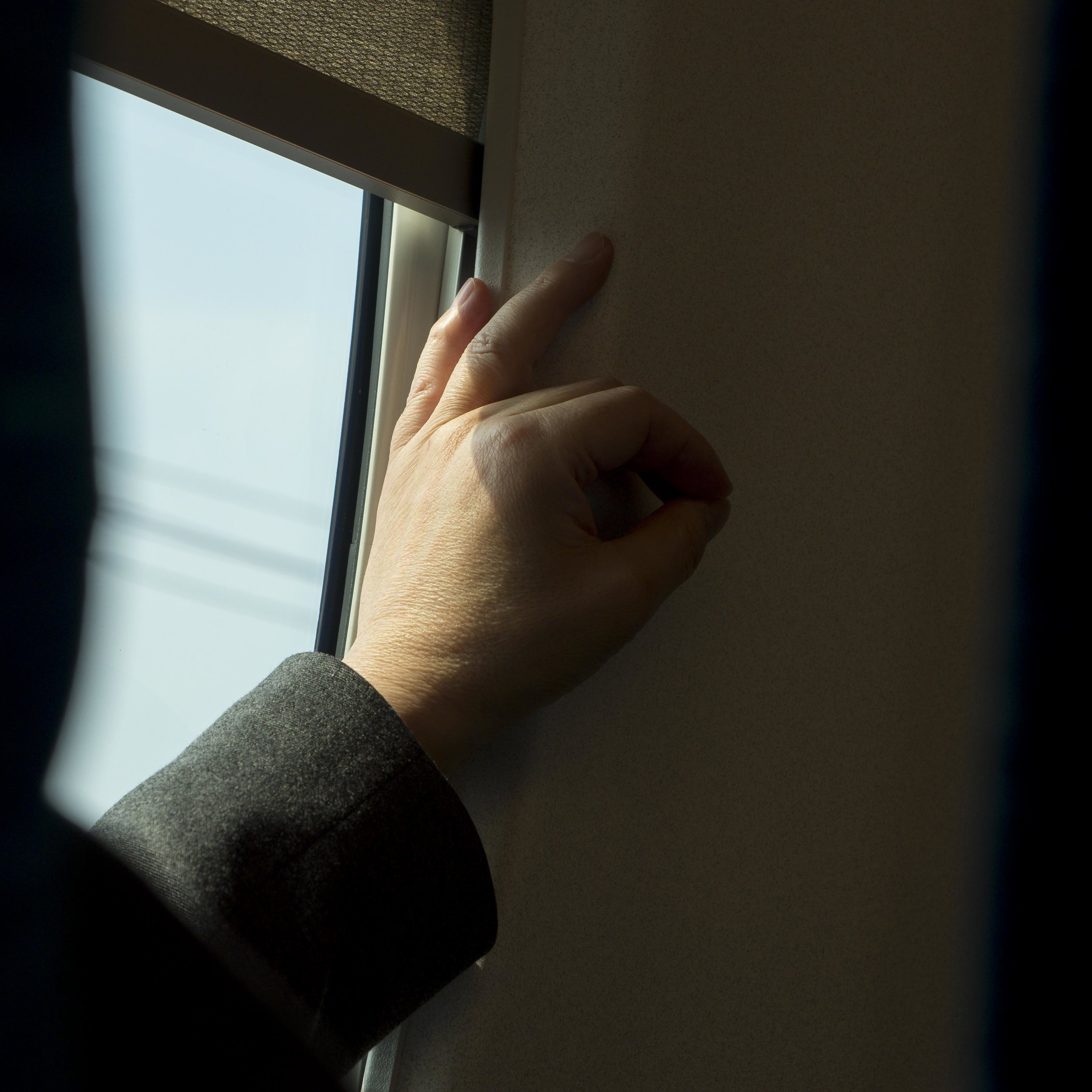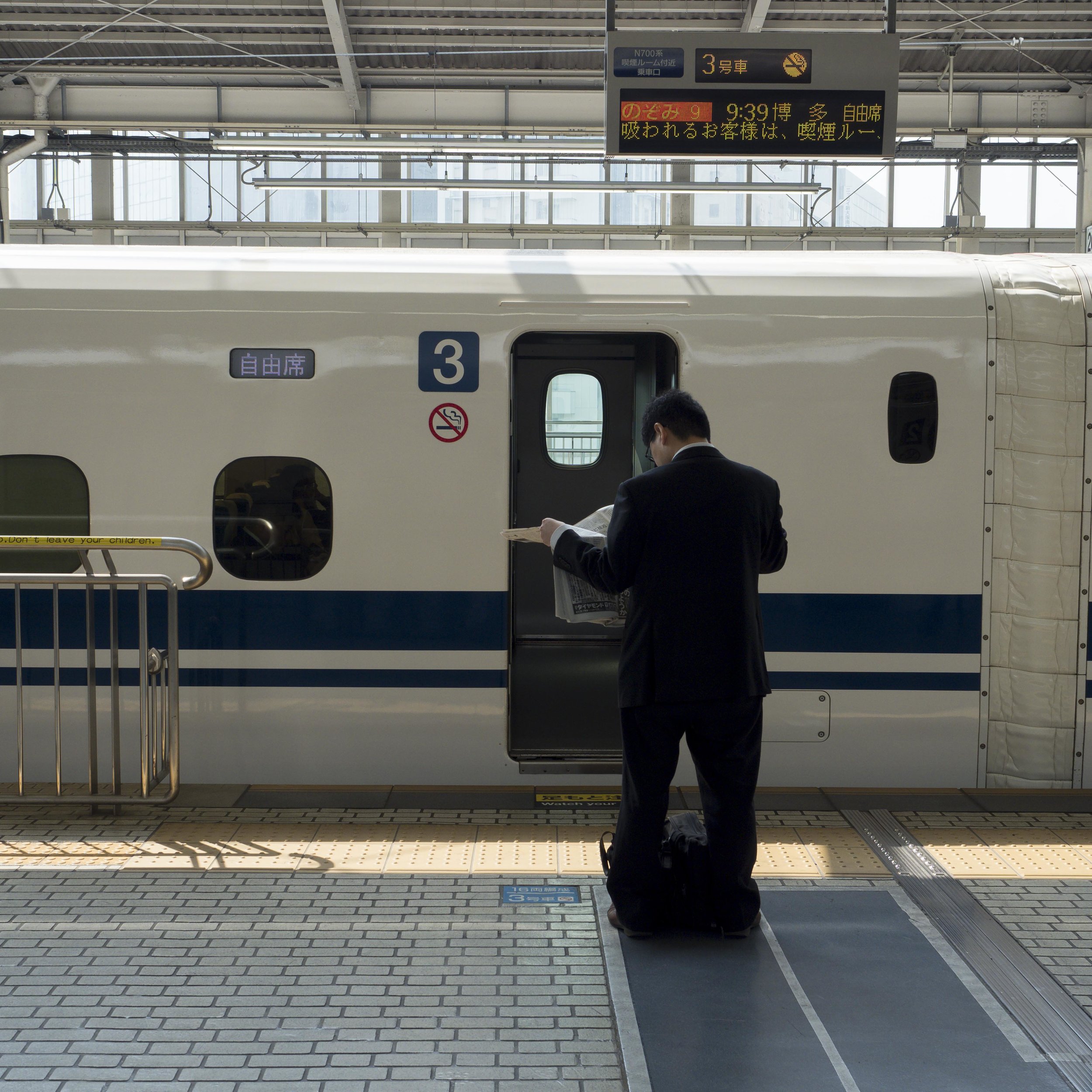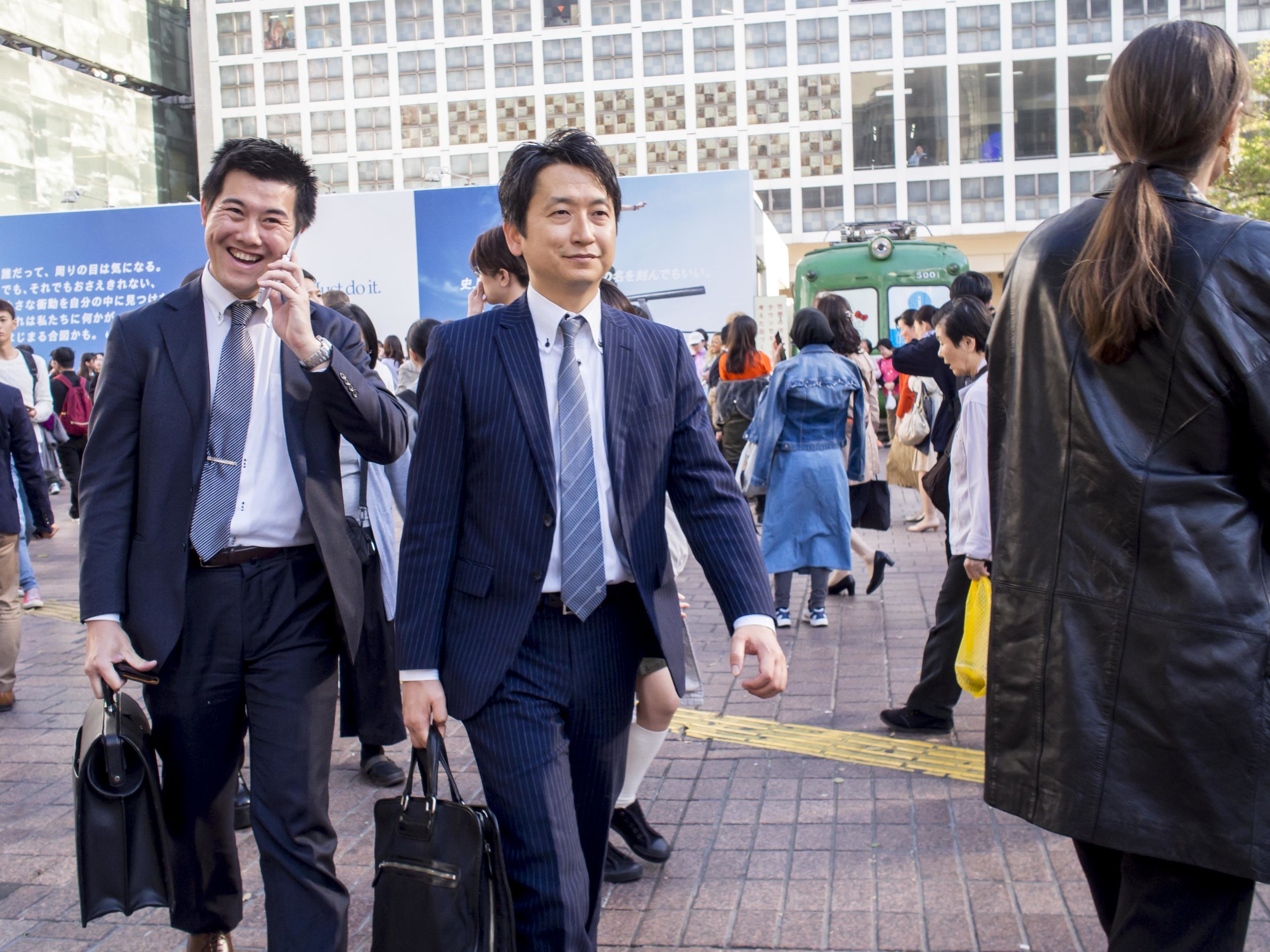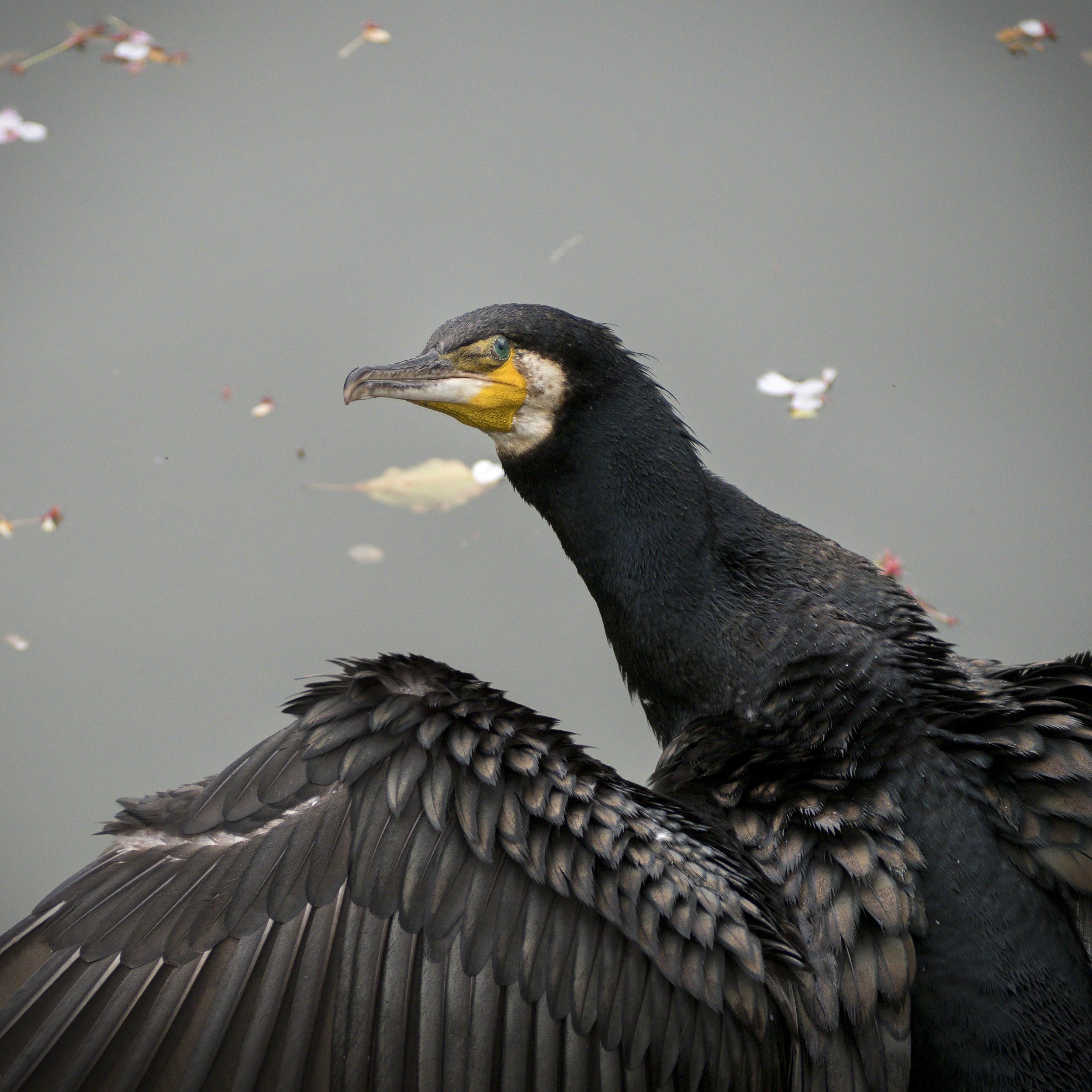As an ideal contrast to the 17mm and designed more commonly to suit, this is a true portrait lens with smooth and rapid Bokeh transition or in practical terms it easily makes a “hero” of the main subject. I personally (and this is highly personal), do not like to much the overtly super-Bokeh look. I generally prefer to have some subject context rather than just pleasantly smooth mush, so if I owned for example an f1.2 lens, after the one trick buzz of very strong drop off was exhausted* (although I fully admit it has a practical use to reduce ugly backgrounds), I bet it would be used at f2 or 2.8 most often, where it would have little benefit over the equivalent f1.8 lens.
For example the middle image of the set above, is a messy image. It only works (if it does at all for you) because of the balance of the messiness. With a faster aperture or longer lens, the plane of focus would be more defined and the out of focus subjects, the man’s sleeve and the distracting blob over the woman’s eye, less so. Would it make for a better image or not? I feel the “painterly” rendering rather it has rather than the more modern sharp/soft dynamic suits it better.
If you love your full frame, fast lens, super soft and powerful Bokeh rendering, then fair play and it is as relevant as any other technique, but remember, it is a bit like sugar. Too much can be addictive and mask other flavours. The best aperture may not be the widest available. A customer/colleague of mine recently showed me a series of work place portraits taken on his full frame camera a with an f1.4 105mm lens used wide open. The sharpness and smoothness of the Bokeh was impressive, but the strongest visual element in the images was the row of perfect “Bokeh Ball” yellow lights in the background, taking much of the visual power away from the human subjects. As good as they were, I could not help but think that they and the biting sharpness of the lens wide open were the true success stories of the image.
*Fully achievable at smaller apertures or even shorter lenses if needed, even if some post processing is needed. My one true “cut-out” lens is the 75mm f1.8, which is a powerful tool when used properly, but it wears thin when over used.





















